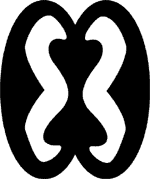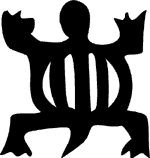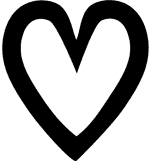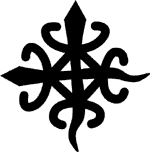Current exchange rates in Accra, Ghana:
BUYING SELLING
USD 1.42 1.465
GBP 2.15 2.25
EUR 1.91 1.97
CAD 1.33 1.4
SF 1.3 1.4
CFA 2.9 3.1
Ghana had a re-denomination of its currency, the Cedi, in July 2007 and as the new denomination, it is known as the Ghana Cedi (GH₵). GH₵1 is equivalent to 100 pesewas. The redenomination saw 1000 old pesewas become the new GH₵1, 10 000 old cedis become GH₵10, 50 000 old cedis became GH₵50 and 1 000 000 old cedis, GH₵100. The Ghana cedi comes in notes of 1, 5, 10, 20 and 50 and in 2010 a GH₵2 note is to be introduced.
The word "cedi" is derived from the Akan word for a cowry shell, which were once used in Ghana as a form of currency as well as in several other parts of West Africa.
Ghana had a re-denomination of its currency, the Cedi, in July 2007 and as the new denomination, it is known as the Ghana Cedi (GH₵). GH₵1 is equivalent to 100 pesewas. The redenomination saw 1000 old pesewas become the new GH₵1, 10 000 old cedis become GH₵10, 50 000 old cedis became GH₵50 and 1 000 000 old cedis, GH₵100. The Ghana cedi comes in notes of 1, 5, 10, 20 and 50 and in 2010 a GH₵2 note is to be introduced.
The word "cedi" is derived from the Akan word for a cowry shell, which were once used in Ghana as a form of currency as well as in several other parts of West Africa.




.jpg)















